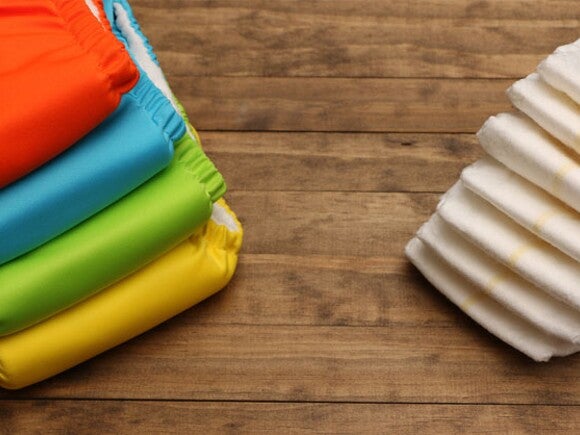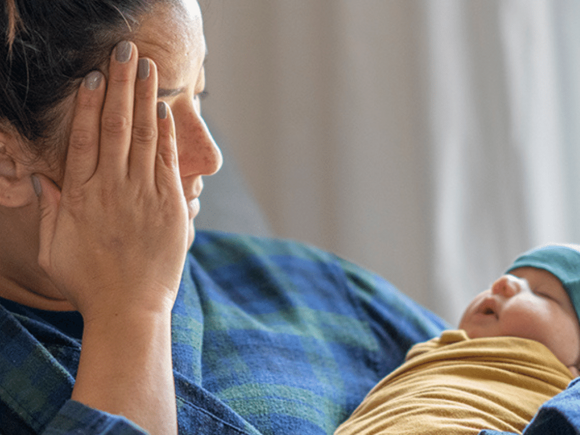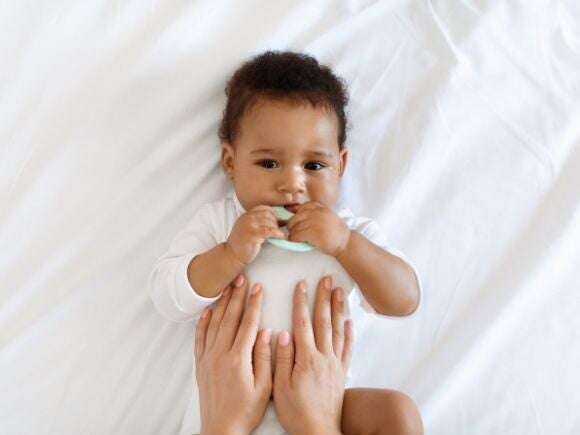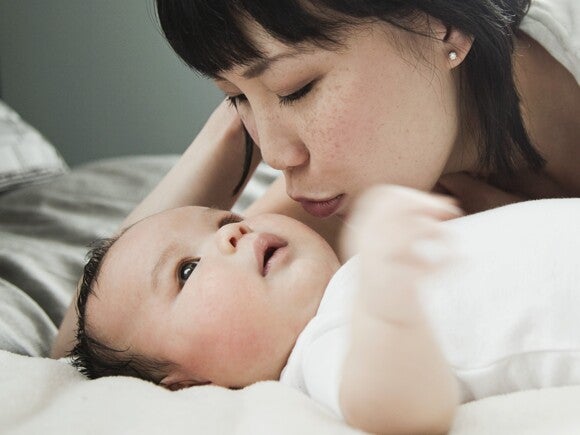Normal baby poo
- Your baby’s very first bowel movement arrives in the first 24 hours and is called meconium. It is dark greenish black in colour, thick and sticky, and consists of all the intestinal substances that an unborn foetus ingests while in the womb - cells, hair, mucus, amniotic fluid, bile and water.
- If your baby is breastfed, their poo will change into a more yellowish mustard colour (sometimes greenish or orange/brown). It is a soft consistency and often unformed, with a sweet smell, and can occur at every nappy change or less often as the digestive system matures. Breastfed babies don’t usually suffer from constipation unless there is an underlying health problem. If there is any jaundice (not uncommon in the early days and is characterized by yellowish skin) poo could be pale until the jaundice is gone. Consult your health care professional if you are concerned.
- If your baby is formula fed, their poo is generally firmer and may vary in colour ranging from yellow, green or brown depending on which type of formula they are on. Their poo will be more pungent, and frequency may vary from several times per day to once per week depending on your baby and the type of formula they are on.
- If you are using a combination of breastfeeding and infant formula, your baby’s poo will vary between the descriptions above depending on the amount of breast milk to infant formula.
- If your baby transitions from breastfeeding to infant formula or between formulas, it is normal for there to be changes in bowel motions including the texture and colour of their poo.
A baby’s poo is affected by a number of factors and the colour and consistency can change with many situations including:
- Fluid intake
- Introduction of solids
- Age (as the age increases the stool characteristics change)
- Illness and infections
- Medications
If you think your baby might have diarrhoea or be constipated, check out our other tips.
Baby poo that is black (apart from their first poo), red or white in colour, or is consistently watery, always indicates the need for further assessment by a healthcare professional.



















